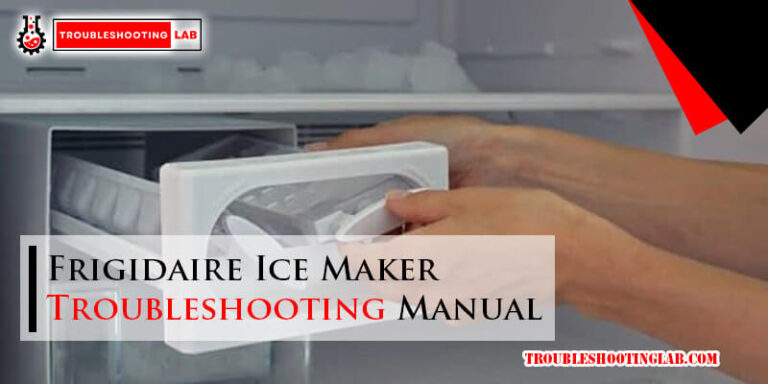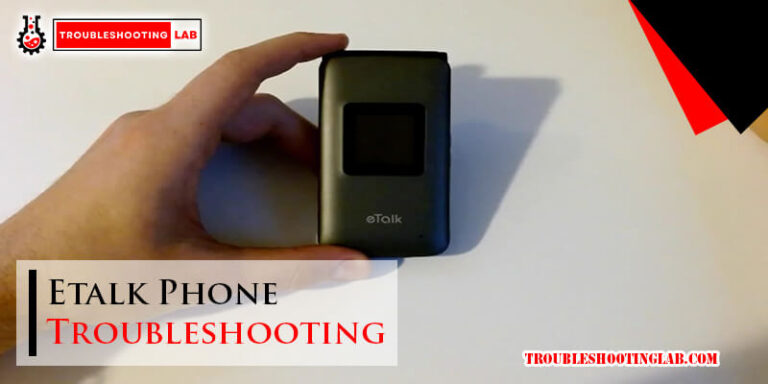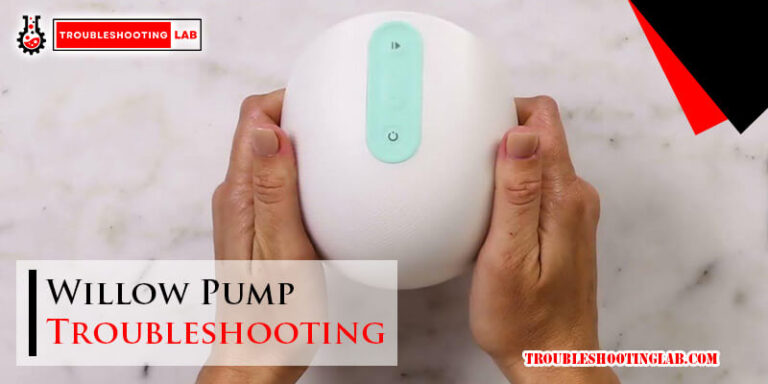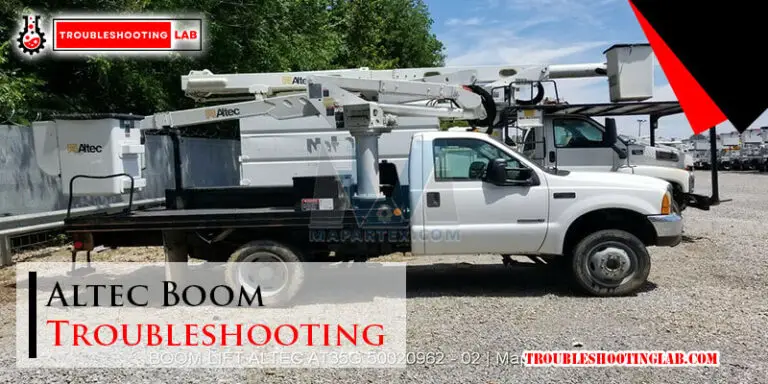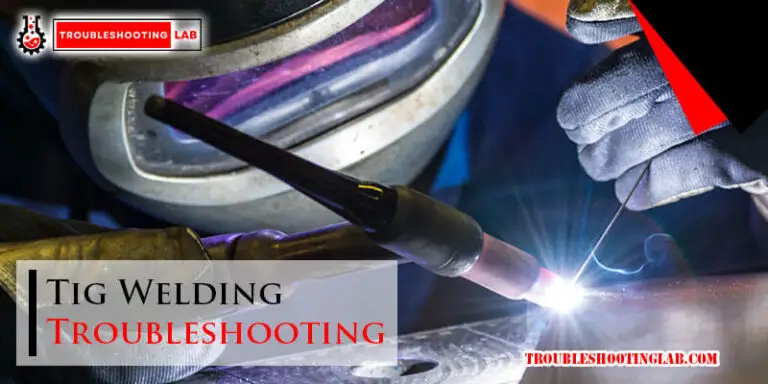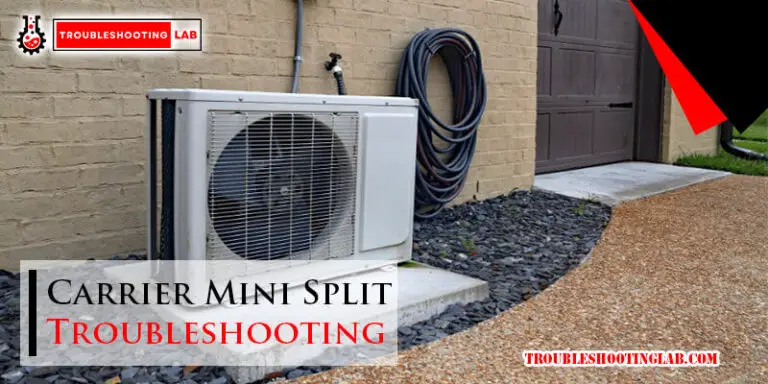Snorkel Lift Troubleshooting: Essential Tips for Quick Fixes
Snorkel lifts are essential tools in construction and maintenance. They help workers reach high places safely and efficiently.
But, like any machine, they can sometimes face issues. Knowing how to troubleshoot these problems can save time and money. This guide will help you identify common problems and provide solutions. Understanding the basics of Snorkel lift troubleshooting ensures your equipment stays reliable.
Whether you’re a technician or an operator, this information is vital. With the right knowledge, you can quickly resolve issues and keep your projects on track. Let’s dive into the world of Snorkel lifts and learn how to keep them running smoothly.

Credit: www.youtube.com
Common Snorkel Lift Issues
Snorkel lifts are essential for various industries. They offer reliable access to hard-to-reach areas. Yet, like any machine, they can experience issues. Understanding common Snorkel lift problems helps in quick troubleshooting and maintenance.
Hydraulic Problems
Hydraulic systems are crucial for lift operation. Leaks in hydraulic lines are common. Check for wet spots under the lift. Leaks reduce hydraulic fluid, affecting lift performance. Another issue is air in the hydraulic system. Air bubbles cause jerky movements. Bleed the system to remove air. Slow lift operation can indicate a clogged filter. Replace the filter to restore normal speed. Regular maintenance prevents many hydraulic issues.
Electrical Faults
Electrical problems can halt lift operation. Check the battery first. A weak or dead battery stops the lift from working. Ensure the battery is charged. Inspect all connections. Loose or corroded wires disrupt power flow. Clean and tighten connections. Fuses protect electrical circuits. A blown fuse stops the lift. Replace any blown fuses with the correct type. Sensors and switches can also fail. Test these components regularly. Faulty sensors can cause false readings. Replace any defective sensors or switches.
Basic Troubleshooting Steps
Snorkel lifts are reliable machines for various tasks. Yet, they can face issues. Knowing basic troubleshooting steps can save time and ensure safety. Start with initial inspection and follow safety precautions. This guide helps you address common problems.
Initial Inspection
Check the machine’s exterior for damage. Look for leaks, loose parts, or wear. Inspect cables and connections for secure attachment. Confirm the battery is charged and terminals are clean. Verify all controls are functioning properly.
Safety Precautions
Always prioritize safety. Turn off the machine before inspection. Use proper gear, like gloves and safety glasses. Make sure the area is clear of obstacles. Keep a fire extinguisher nearby. Double-check that the lift is on stable ground.
Hydraulic System Fixes
The hydraulic system in a Snorkel lift is crucial for its operation. Ensuring the system works properly avoids downtime and costly repairs. This section covers essential steps for troubleshooting hydraulic system issues. Focusing on checking fluid levels and identifying leaks can help keep your lift in top shape.
Checking Fluid Levels
Regularly checking the hydraulic fluid levels is vital. Low fluid can cause the lift to malfunction. Follow these steps:
- Park the lift on a flat surface.
- Turn off the engine and allow the system to cool.
- Locate the hydraulic fluid reservoir.
- Remove the cap and check the fluid level using the dipstick.
- Ensure the fluid level is between the “Full” and “Add” marks.
- If needed, add the recommended hydraulic fluid.
Using the correct fluid type is essential. Check the operator’s manual for specifications.
Identifying Leaks
Hydraulic leaks can cause serious issues. To identify leaks, follow these steps:
- Inspect the hydraulic hoses and connections.
- Look for wet spots or puddles under the lift.
- Check the hydraulic cylinders and seals.
- Use a clean cloth to wipe suspected areas and check for fluid.
If you find a leak, tighten connections or replace faulty parts. Ensure all repairs are done with the lift turned off and the system depressurized.
Proper maintenance of the hydraulic system ensures smooth operation. Always follow safety guidelines and consult the manual when in doubt.
Electrical System Fixes
Troubles with the electrical system of your Snorkel Lift can lead to major downtime. Resolving these issues quickly and efficiently is crucial. This section will guide you through key steps to troubleshoot electrical problems. We will focus on two main areas: Battery Check and Inspecting Wiring.
Battery Check
A weak or dead battery can halt your Snorkel Lift. Regular battery checks are essential.
- Inspect Battery Terminals: Make sure terminals are clean and tight.
- Check Battery Voltage: Use a voltmeter. A fully charged battery should read around 12.6 volts.
- Load Test the Battery: This checks the battery’s ability to hold a charge under load.
- Look for Corrosion: Corrosion can prevent proper electrical flow.
If the battery fails any of these checks, consider replacing it. A reliable battery ensures smooth operations.
Inspecting Wiring
Wiring issues can cause electrical faults. Inspecting wiring is necessary for troubleshooting.
- Visual Inspection: Look for damaged or frayed wires.
- Check Connectors: Ensure all connectors are secure and clean.
- Use a Multimeter: Test for continuity and ensure proper connections.
- Look for Signs of Wear: Worn insulation can lead to short circuits.
Address any wiring issues immediately. This prevents further damage and ensures safety.
Mechanical Adjustments
Proper mechanical adjustments are crucial for the smooth operation of your Snorkel lift. These adjustments ensure that the machine performs efficiently and safely. Let’s focus on two key areas: Lubrication Points and Tightening Loose Bolts.
Lubrication Points
Lubrication keeps the machine parts moving smoothly. It prevents wear and tear. Regularly check the following points:
- Joints
- Bearings
- Pins
- Bushings
Use a high-quality lubricant. Apply it as per the manufacturer’s guidelines. Over-lubrication can attract dirt. Under-lubrication can cause friction. Both are harmful.
Here’s a quick guide:
| Component | Lubricant Type | Frequency |
|---|---|---|
| Joints | Grease | Weekly |
| Bearings | Oil | Monthly |
| Pins | Grease | Weekly |
| Bushings | Oil | Monthly |
Tightening Loose Bolts
Loose bolts can cause severe issues. They can lead to misalignment. Regularly check all bolts and nuts. Tighten them as needed. Focus on these areas:
- Base Frame
- Arm Joints
- Control Panel
- Hydraulic System
Use the right tools. A torque wrench is ideal. Follow the recommended torque settings. Over-tightening can strip the threads. Under-tightening can cause parts to loosen. Both are dangerous.
Here’s a quick reference:
| Component | Tool Needed | Torque Setting |
|---|---|---|
| Base Frame | Torque Wrench | 50 Nm |
| Arm Joints | Torque Wrench | 40 Nm |
| Control Panel | Socket Wrench | 30 Nm |
| Hydraulic System | Socket Wrench | 25 Nm |
Regular mechanical adjustments extend the life of your Snorkel lift. They ensure safety and efficiency. Make these checks part of your routine maintenance.
Error Codes And Diagnostics
Error codes and diagnostics are vital for maintaining Snorkel lifts. They help identify issues quickly, ensuring minimal downtime. Understanding error codes and using diagnostic tools can save both time and money. This section will guide you through reading error codes and common diagnostic tools.
Reading Error Codes
Snorkel lifts display error codes to signal faults. These codes are often numerical or alphanumeric. They appear on the lift’s display panel. To read these codes, first, locate the display panel. Then, observe the sequence of numbers or letters shown. Each code corresponds to a specific issue. Refer to the lift’s manual for a detailed list of error codes. Manuals provide explanations and possible solutions. Knowing these codes helps in identifying and fixing problems swiftly.
Common Diagnostic Tools
Various tools assist in diagnosing Snorkel lift issues. Diagnostic software is one such tool. It connects to the lift’s system and reads error codes. This software often provides step-by-step troubleshooting guides. Another tool is a multimeter. It measures electrical values in the lift. This helps identify electrical faults. Handheld diagnostic devices are also useful. They plug directly into the lift’s diagnostic port. These devices offer real-time error code readings. Using these tools makes troubleshooting more efficient and accurate.
Preventive Maintenance Tips
Keeping your Snorkel lift in top shape is essential. Preventive maintenance helps avoid costly repairs and ensures safety. These tips will help you maintain your Snorkel lift efficiently.
Regular Inspections
Regular inspections are crucial for identifying potential issues early. Check the lift’s components weekly. Look for any signs of wear or damage. This routine can help catch problems before they escalate.
- Inspect hydraulic hoses for leaks or cracks.
- Check the tires for proper inflation and wear.
- Ensure all safety devices are functioning correctly.
Use a checklist to streamline your inspections. Record any issues you find. Address them immediately to prevent further damage.
Scheduled Servicing
Scheduled servicing is essential for maintaining the lift’s performance. Follow the manufacturer’s recommendations for service intervals. Regular servicing can extend the lifespan of your equipment.
- Change hydraulic fluid and filters as specified.
- Lubricate moving parts to reduce friction and wear.
- Test the battery and electrical system for optimal performance.
Create a service log to track all maintenance activities. This log helps ensure that no service is missed. It also provides a record for future reference.
A well-maintained Snorkel lift is more reliable. It also offers greater safety for operators. Implement these preventive maintenance tips to keep your equipment in peak condition.

Credit: www.youtube.com
When To Call A Professional
Issues with a Snorkel lift may need expert help. Recurring problems or safety concerns are clear signs to call a professional. Keep your equipment safe and reliable.
Snorkel lifts are vital for many tasks. Sometimes, they stop working correctly. This can be due to several reasons. It is important to know when to call a professional. Some issues are too complex to fix on your own. Knowing the signs can save time and money.Signs Of Major Issues
Some signs mean you need a professional. Strange noises during operation are a big clue. Unusual sounds can mean mechanical problems. Leaking fluids are another red flag. This could show a hydraulic issue. Another sign is erratic movement. If the lift moves unexpectedly, it is unsafe. A professional should check it out. Electrical problems are also serious. If controls do not respond, call an expert.Finding Qualified Technicians
Finding the right technician is crucial. Look for certified professionals. Certifications show they have the needed skills. Experience is also important. Technicians with years of work know many issues. Ask for references. Good technicians have happy clients. Check online reviews. Positive reviews mean reliable service. Ensure they use genuine parts. Quality parts make a difference in repairs. “`
Credit: www.ebay.com
Frequently Asked Questions
Why Won’t My Snorkel Lift Start?
Check the battery and cables. They may be loose or corroded. Also, ensure the emergency stop is not engaged.
How Do I Fix A Snorkel Lift That Won’t Lift?
Inspect hydraulic fluid levels and look for leaks. Check the pump and control switches for damage or malfunction.
What Causes Snorkel Lift Error Codes?
Error codes often indicate electrical issues. Check wiring, fuses, and sensors. Refer to the manual for specific codes.
Why Is My Snorkel Lift Moving Slowly?
Low hydraulic fluid can slow movement. Check fluid levels. Also, inspect filters and hoses for blockages or leaks.
How Do I Reset A Snorkel Lift?
Turn off the lift, wait a few minutes, then restart. If the problem persists, consult the manual or a technician.
Conclusion
Troubleshooting a Snorkel lift can be simple with the right tips. Follow basic maintenance steps regularly. Check for common issues like battery problems or hydraulic leaks. Always refer to the manual for specific guidance. Keep your lift in good condition to ensure safety and efficiency.
Regular inspections prevent bigger issues down the line. With these steps, you can handle most problems easily. Stay proactive, and your Snorkel lift will serve you well for years. Happy lifting!

